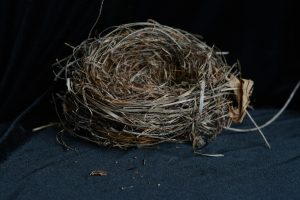 In a conversation with some colleagues, we were discussing how to handle wrapping up learning. In it, I realized something that I’ve always assumed, but don’t know that I’ve articulated. So, let me explain why I say “they nest!”
In a conversation with some colleagues, we were discussing how to handle wrapping up learning. In it, I realized something that I’ve always assumed, but don’t know that I’ve articulated. So, let me explain why I say “they nest!”
For context, we were talking about designing elearning. In this case, we have four modules that make up a full course. We’re using an ongoing story in the first three, and then the fourth includes several scenarios for the learner.
The question that prompted my reflection was an ask about how to wrap up the story. My inference was that the question was whether we needed to wrap the story at the end of the last module. My answer was that we wrapped up the story at the end of module 3, and kick off module 4 stating that we’re moving on. Then we’d wrap up the whole experience at the end of the fourth module.
What I realized was that I haven’t articulated that each learning experience itself has an opening and a closing. So, when smaller learning experiences are embedded in a larger one (which isn’t all that unusual), we need to close off the embedded ones. We’ll also need to open the transition to the next embedded learning experience from the previous one. Then we finally close off the last one. That is, we open and close each learning experience on its own.
In short, these experiences embed, or to put it another way, they nest. Which is aligned with how we think about things anyways: for instance the ways we can talk about wheels, or talk about cars and their wheels. This way of thinking about it makes sense to me, how about you?
Leave a Reply